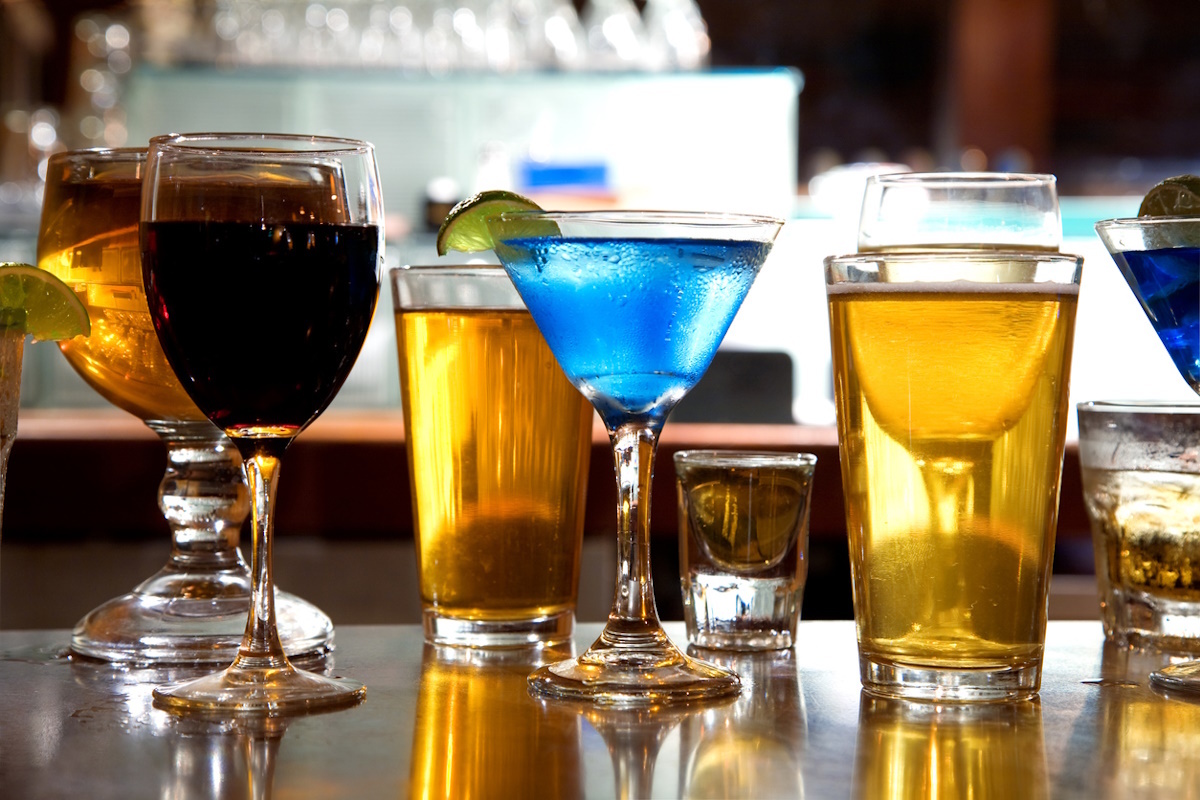Blurred categories create clear opportunities

Bailey James at Thirst argues that brands must innovate authentically
The global alcohol market, currently on track to reach a value of $2tn by 2031, is entering a new era of category convergence.
From Molson Coors acquiring Blue Run Spirits and adding “Beverage Company” to its moniker to The Coca-Cola Company partnering with Jack Daniel’s to offer alcoholic RTDs, previously ‘pure’ category players are responding to the blurring of formerly rigid lines in beverages—and to competition coming from unexpected places (Dunkin’ Spiked Coffee with your doughnut, anyone?).
As a result, the beverage sector is now more innovative and dynamic than it has ever been. A booming low-and-no alcohol sector means there is now a drink for every consumer. Add to this the cultural context of shifting post-pandemic drinking behaviours, and brands can target a wider range of consumer preferences and occasions than ever before.
Not pursuing innovation is a risk in itself. Continuing with a sparse portfolio limits a brand’s reach, especially as people’s needs and desires change. When its product range becomes stale, a brand can end up becoming reliant on price promotions just to maintain sales. Perhaps the most worrying death knell is losing relevance in the market. Without ‘new news’ to communicate, brands risk becoming old news.
However, not all innovations are made equal. In fact, one in four new products fail to survive one year after launch, rising to around 40% two years post-launch (source: Ehrenberg-Bass Institute). Any brand considering a new product pipeline needs to think smartly. As such, we’re noticing a maturing away from innovation for innovation’s sake towards more considered strategies based on consumers’ needs.
Part of this shift is an emphasis on occasion-specific development. Increasingly, these are targeted towards specific consumer profiles to ensure brands are offering utmost relevance and context. Une Femme Wines is one such example, offering modern sparkling wines named after women, made by women, and championing of women all along its supply chain. Its ‘Project Gather’ movement invites people to share special moments with friends, evolving the narrative of what constitutes a celebratory occasion.
Done right, innovation can help a brand unlock new or adjacent occasions, flavours or rituals, widening its product range. See The Glenlivet updating its established single malt experience with the ‘Twist & Mix’ cocktail range, featuring technology that enables sophisticated-feeling at-home mixology.
A smart innovation can also effectively disrupt a category. Setting out to challenge the status quo, Loch Lomond Group launched Noble Rebel, a new-to-world blended malt Scotch whisky brand, designed to recruit the modern whisky drinker. It is one of many spirits brands with an inherently innovative ethos.
When you consider that many alcohol brands rely on a unique process or formulation to create their liquid, the scope for more credible, authentic possibilities is clear. Note that this year, 25% of the most popular new products on Drizly are limited-edition spirits (source: BevAlc Insights 2023).
With that in mind, let’s set out how to innovate with authenticity and, crucially, in a way that speaks to what consumers want. The classic rule of thumb when innovating is to take an 80:20 approach (80% familiar to 20% new). The goal is to engage audiences without alienating them.
Partnership innovation can be a successful and mutually beneficial route when the combination of brands makes sense. Perhaps it adds convenience for the consumer. The booming RTD category, where growth in the year up to 2021 was between x1.5 to x3 greater than that in other leading alcoholic beverage sectors (Forbes, 2022), is testament to the power of making people’s lives a little easier.
The partnership between Jack Daniel’s and Coca-Cola in the US earlier this year makes one of the world’s most requested “bar calls” (cocktails ordered by brand name) more readily available outside of the bar environment. Bringing two iconic brands together to update a classic just makes sense, and was quickly followed by a Jack Daniel’s and Coca-Cola Zero Sugar variant.
One thing every successful innovation has in common is a desire to be consumer-driven. Invest in understanding the person you want to drink your product, your brand’s history and the role it plays in the contemporary cultural landscape. Then figure out where you can add value.
To do this, you first need to understand your core brand proposition. Any attempt to be modern and engaging can fall flat if it isn’t also credible and aligned to your values. The notion of a non-alcoholic sipping tequila alternative may seem radical and unexpected. But tied to Lewis Hamilton’s personal brand story around living a healthy life without compromising playfulness, Almave Blue Agave Spirit makes perfect sense.
Staying true to a brand’s roots doesn’t mean staying static. In beverages, brands should always keep an eye out for opportunities to find the right balance of tradition and relevance.
Finally, don’t fall into the trap of thinking innovation is only for disruptors. A high-level innovation roadmap can help established legacy brands amplify their status. One thing is certain; if they don’t rise to new opportunities for commercially-sound innovation, a challenger brand will step in and do it instead.
Bailey James is Managing Director NA at Thirst
Main image courtesy of iStockPhoto.com

Business Reporter Team
Most Viewed
Winston House, 3rd Floor, Units 306-309, 2-4 Dollis Park, London, N3 1HF
23-29 Hendon Lane, London, N3 1RT
020 8349 4363
© 2025, Lyonsdown Limited. Business Reporter® is a registered trademark of Lyonsdown Ltd. VAT registration number: 830519543





